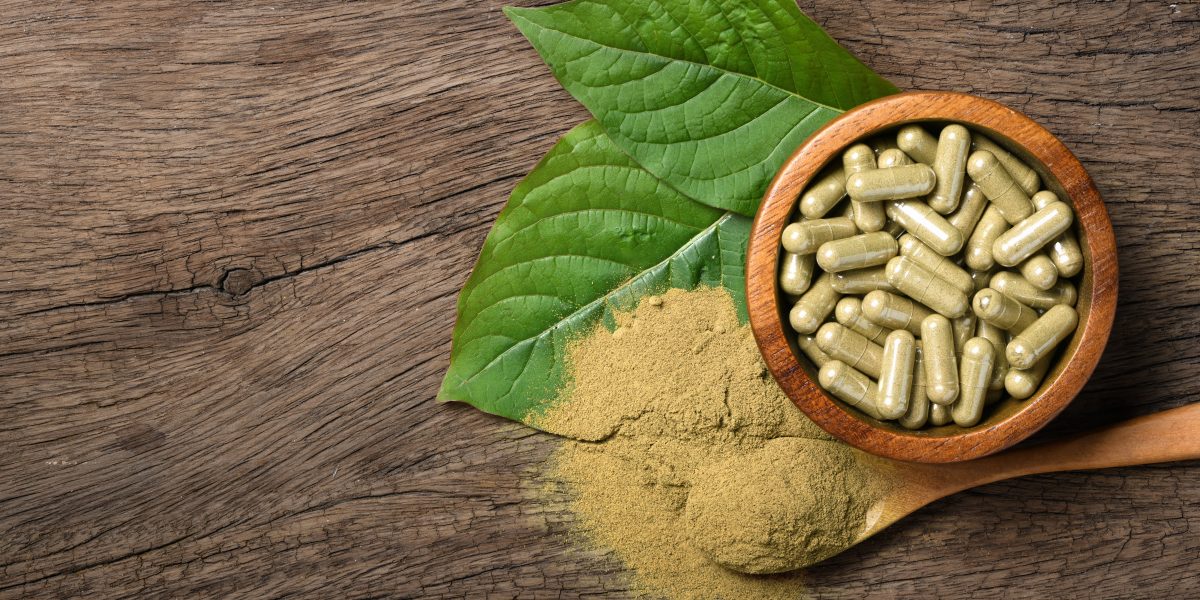
in this article
- Introduction
- Understanding Kratom
- Kratom Strains
- Misconceptions About Origins
- Debunking Kratom Myths
- Navigating Misinformation Surrounding Kratom
- The Importance of Choosing a Reliable Kratom Supplier
- Top Tree Herbs
- Conclusion
Are you 18 or older?
Please confirm that your are 18 years of age or older.
You are not allowed to access the page.



Disclaimer: The views and opinions expressed in this article are those of the authors and do not necessarily reflect the official policy or position of the Chemical Collective or any associated parties.
Kratom usage is widespread due to its highly varied psychoactive properties and the wide array of strains available. However, there are a lot of misconceptions and enduring myths obscuring the true nature of its effects and their correlation with different strains from different regions. This article will endeavour to separate spin from reality and provide information which will help you to source and use kratom as safely and productively as possible.
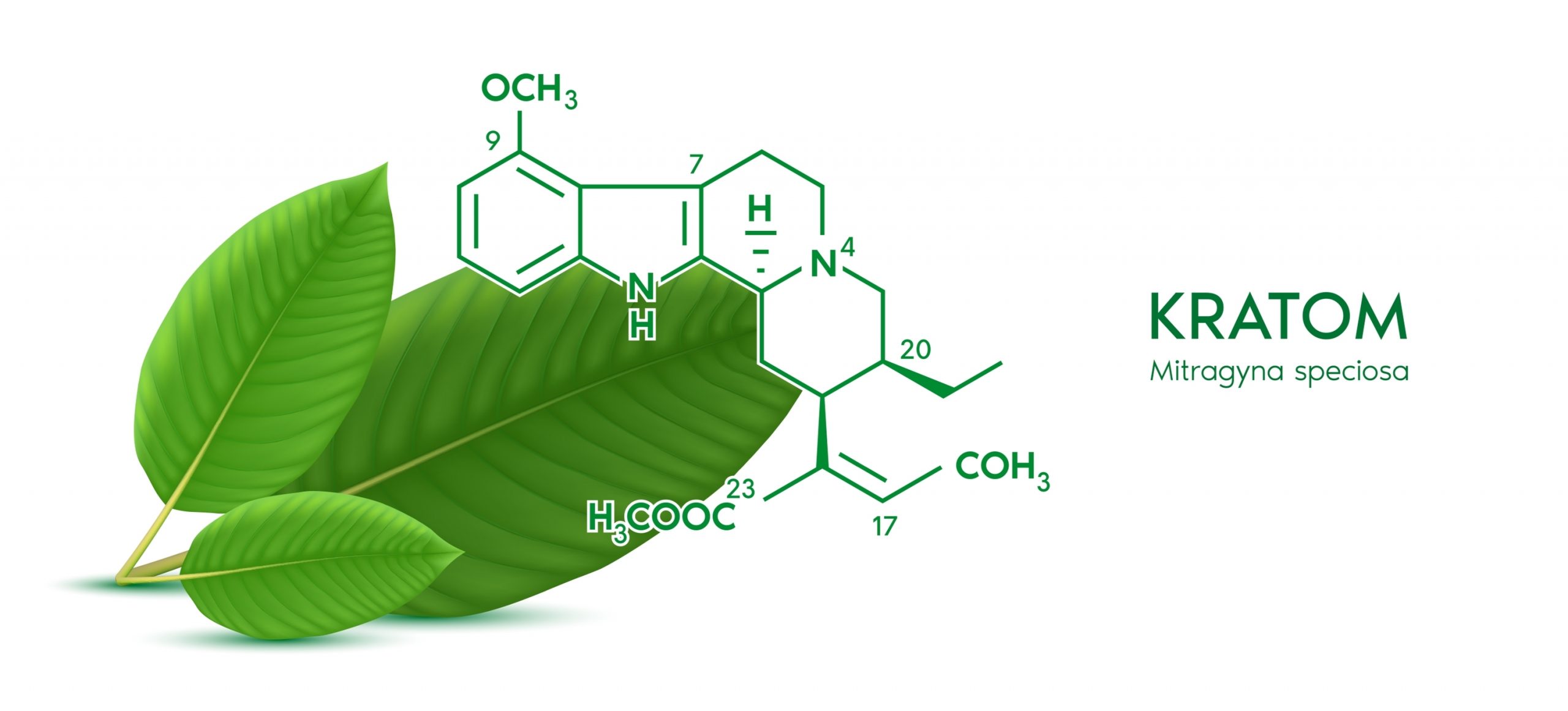
Mitragyna speciosa, commonly known as “Kratom”, is a species of tree indigenous to the tropical regions of Southeast Asia, specifically Indonesia, Malaysia, Thailand, and Papua New Guinea. The leaves of the kratom tree contain a myriad of compounds but the main psychoactive components are mitragynine and 7-hydroxymitragynine, whose effects exhibit similarities to potent opioids such as morphine when administered. Kratom is renowned for its propensity to yield diverse effects contingent upon the dosage administered.
In its lower dosage range, kratom manifests as a stimulant. It has the capacity to increase sociability and intensify concentration, making it an attractive choice for individuals seeking heightened productivity or combating fatigue.
Conversely, at higher dosages, kratom exerts sedative tendencies. It exhibits the capability to mitigate pain, induce states of relaxation, and, in some instances, a powerful, euphoric state of mind. Consequently, some individuals resort to its usage for pain management or as a means to unwind and alleviate stress.

Kratom strains are commonly categorized by their colour, and each strain is purported to have its own unique set of effects:
Red Vein strains have strong pain-relieving properties, promoting relaxation, calmness, and opiate-like euphoria.
Green Vein strains provide a balanced blend of energy and relaxation, enhancing mood and focus while providing pain relief.
White Vein strains promote stimulating and energizing effects, increasing alertness, motivation, and concentration.
Unfortunately, this method of categorization doesn’t accurately reflect the full complexity of kratom’s effects and it is important to clarify some common misconceptions. While Kratom strains do exist, and the general distinctions discussed above, with red strains being relaxing, white strains energizing, and green strains falling in between are broadly accurate, this is not the full picture. Variations in alkaloid content contribute to the differing effects of these strains. However, alkaloid content is mainly influenced by factors like soil conditions, humidity levels, and plant age. Leaves from the same tree are often used in the production of red, green, and white kratom batches. So, the colour categories are in fact based on the environmental conditions, age and drying and processing methods used on the leaves, rather than actual different breeds of kratom.
Most Mitragyna speciosa plants have leaves with red veins. The colour variation among strains primarily results from the oxidation process rather than vein pigmentation.
Red Vein is dried using sunlight, grow lights, or UV lights. Some undergo a fermentation process.
Green Vein is dried with minimal exposure to light in an air-conditioned room and may receive sunlight briefly.
White Vein is dried entirely indoors without exposure to light. Some may include ground stems for added stimulation.
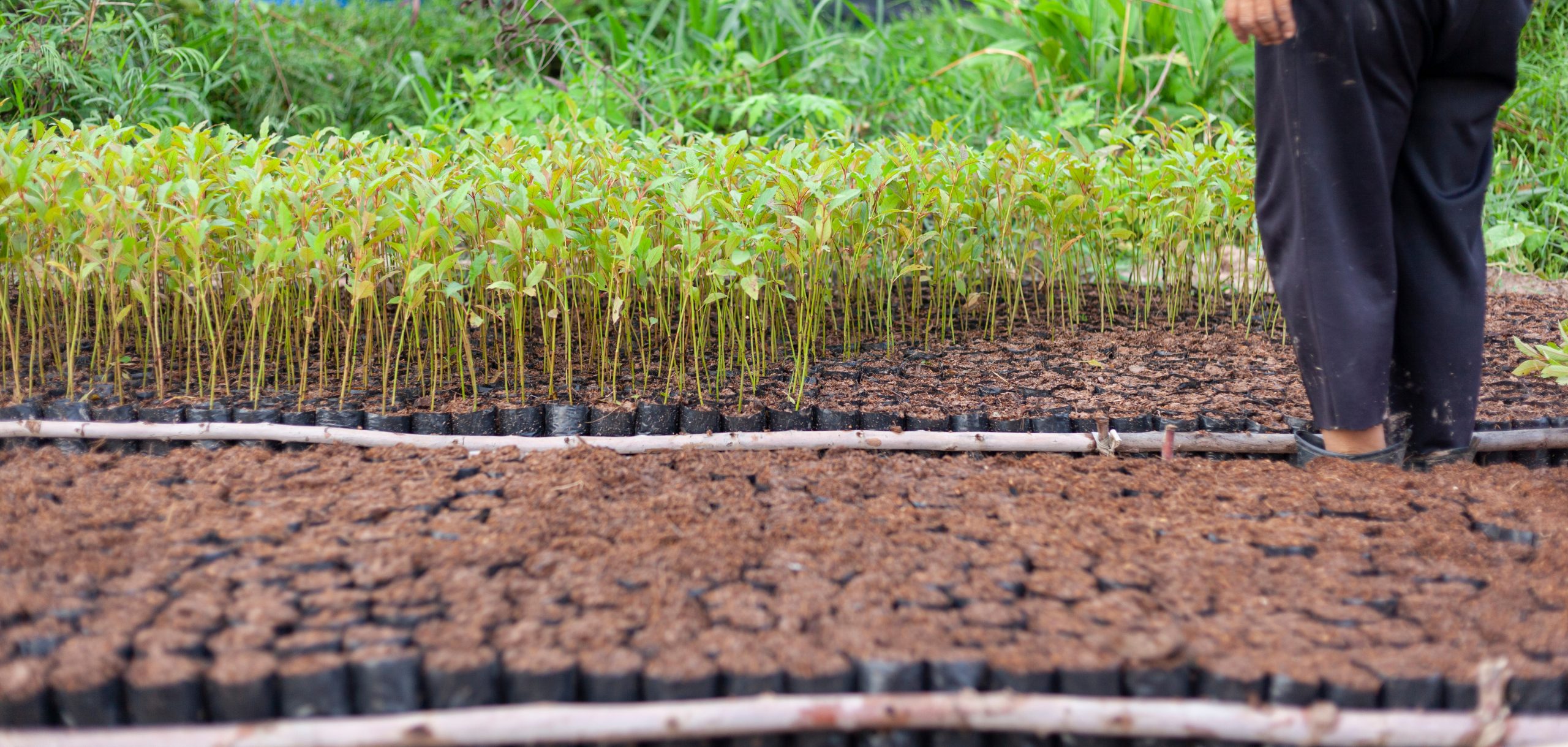
A common misconception about kratom is that different strain names correspond to different geographical origins, such as “Vietnam,” “Malay,” or “Thai.” In reality, many strains are not sourced from the locations indicated in their names. For example, all Thai kratom strains sold prior to 2021 were almost certainly not sourced from Thailand, as the cultivation and use of kratom had been prohibited in the country from 1943 until 2020. Most kratom is in fact imported from Indonesia, particularly Borneo and Sumatra.
This lack of clarity in distinctions between various types of kratom allows some vendors to manipulate consumers, frequently introducing new strains, extolling their unique botanical heritage and purported distinct benefits, concocting fantastical narratives about the size of the leaves, their colouration, or their country of origin. A particularly common illustration of this phenomenon is manifest in the case of the “Maeng Da” kratom strain.
“Maeng da” is an etymological translation from Thai to English that roughly equates to “pimp grade.”
It is important to be aware that Maeng Da kratom does not in fact derive from a distinct kratom tree gene pool. While specific kratom tree genetics can of course exert influence over the alkaloid profile and potency of a particular batch, they represent just one facet of a multifaceted equation. To their credit, some purveyors of kratom adhere to a transparent approach explaining that the label “Maeng Da” is simply attached to particular kratom batches characterized by their highest concentration of mitragynine. In contrast, they reserve the monikers “Bali” or “Java” for strains bearing lower mitragynine levels. A lack of sufficient regulation in the industry does mean that some vendors can freely attach the “Maeng Da” label to a randomly chosen strain, with the hope that consumers will assume its potency and derive satisfaction from it, regardless of its actual alkaloid content.
In essence, titles like “Maeng Da,” “Sumatra,” and “Thai” do not provide a reliable indicator of the alkaloid ratio, effects, flavour profile, or country of origin of a given kratom product. The “White Maeng Da” kratom offered by one vendor in a given year may exhibit discernibly different effects than the same strain offered the following year. Furthermore, two “White Maeng Da” products sourced from distinct vendors may display considerable variances.
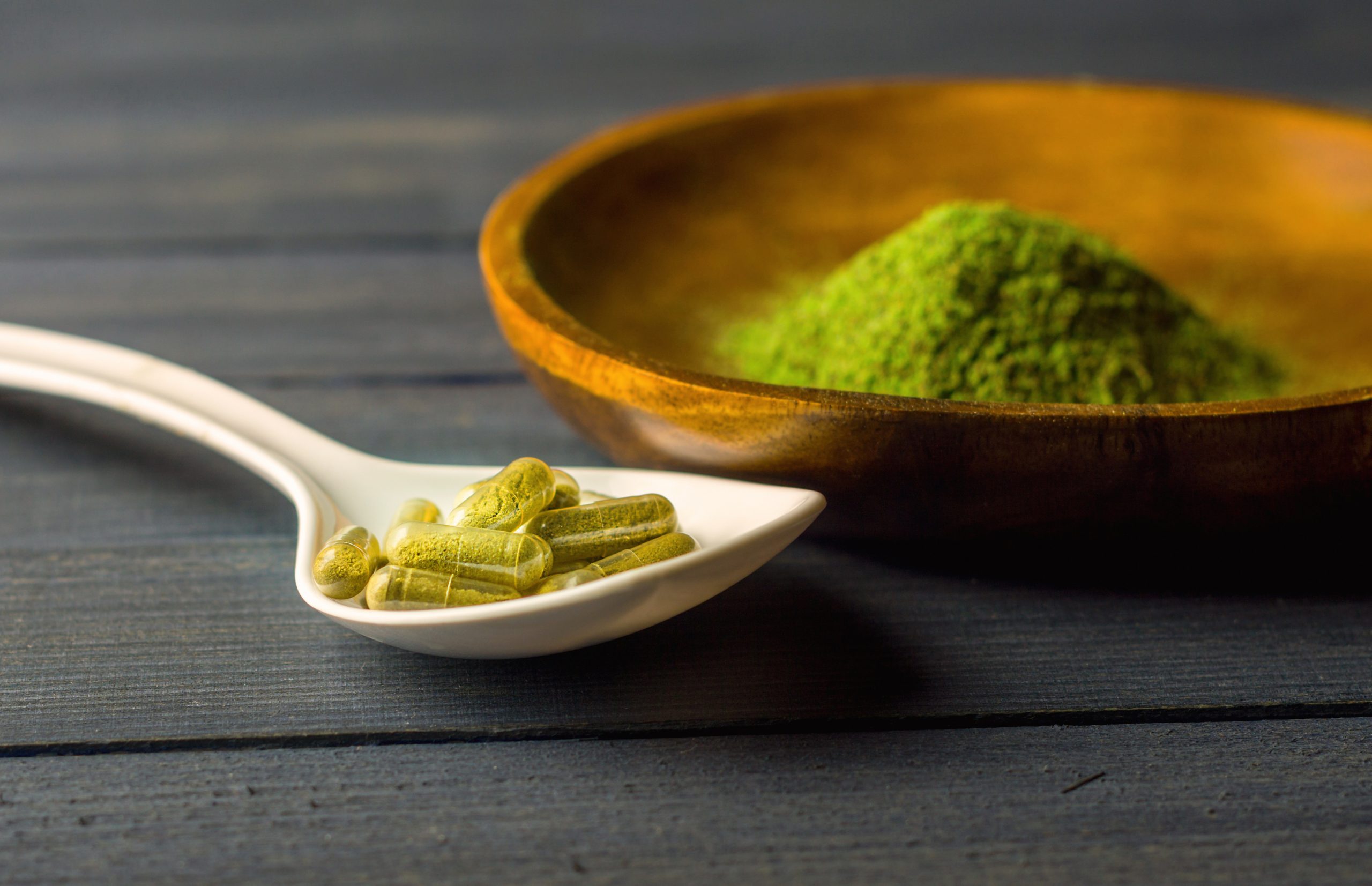
Myth 1 – Colour Always Dictates Effect
Research in 2023 shows that the colour-based classification is overly simplistic. Various factors, including the tree’s maturity, the drying process, and individual differences in body chemistry, influence kratom’s effects. Therefore, it is simply inaccurate to claim, for example, that Red strains are always sedating or White strains are always stimulating. Responses to Kratom’s effects are highly individualized. While some users may find a Red strain relaxing, others might experience increased energy. This variation underscores the need for personalized experimentation and reputable vendors providing specific, reliable information about their products.
Myth 2 – Strains Are Universally Consistent
Another misconception is that kratom strains from different sources will consistently produce the same effects. In reality, the quality and potency of kratom can vary significantly between suppliers and batches. Consumers should be very cautious when purchasing kratom and be aware that the strain name alone may not guarantee a specific experience. It’s essential to research reputable vendors and read reviews to assess the quality of not only a particular product but also a particular batch of that same product.
Myth 3 – Kratom Is Completely Safe
While Kratom enthusiasts and some researchers suggest that kratom may offer potential benefits, such as pain relief, mood enhancement, and reduced anxiety, these effects are highly subjective, inconsistent, and may not be experienced by everyone. The myth that kratom is entirely safe and devoid of risks is entirely false. In reality, kratom can have side effects, including nausea, constipation, and dependency issues with prolonged use. Kratom, like many substances, carries risks. Users should be aware of the potential for addiction and withdrawal symptoms. It is crucial to use kratom responsibly and in moderation. The lack of consistent information relating to the effects of kratom likely exacerbates these potential issues greatly.
Myth 4 – Kratom Is a Panacea
As with 99% of psychoactive substances, some individuals believe kratom is a cure-all for various ailments. While it may offer relief for some, again we have to reiterate that it is not a one-size-fits-all solution. Consumers should approach kratom with realistic expectations. If you are hoping to use kratom as relief from or potential cure for anything it is essential to consult with healthcare professionals and use kratom as a complementary, not sole, treatment for any health concerns.
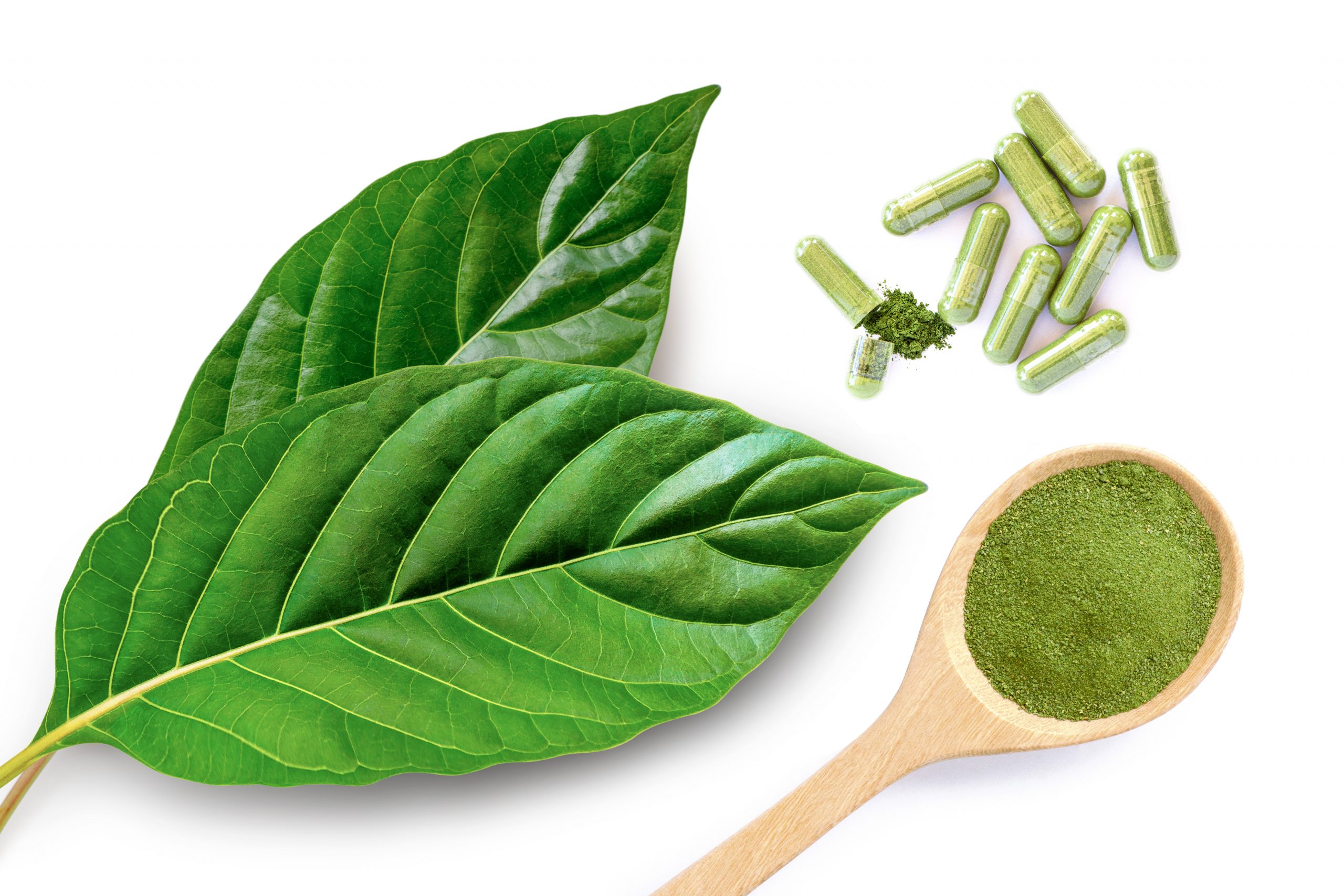
Kratom has huge potential as a potent, natural remedy. As ever with substances on the fringes of legality, scientific data are limited but an increasing number of anecdotal testimonials continue to extol the virtues of kratom. With potential applications ranging from mood and anxiety disorders to the battle against alcohol and substance addictions, and even the mitigation of digestive issues. While this is promising the fact that the majority of data remains anecdotal in nature allows some vendors to take advantage of this. Dr. Walter C. Prozialeck, PhD, professor and chair of the department of pharmacology, Chicago College of Osteopathic Medicine at Midwestern University, told Healio Family Medicine:
“It is the Wild West out there when it comes to some types of kratom and kratom-related products. There is a lack of standardization and quality control surrounding the manufacturing of these items. People who buy kratom, and what’s reported to be kratom, don’t always know what they are getting. If you have a patient who is going to insist on taking kratom, advise the patient to be careful and use a reputable brand”
Vending kratom presents a formidable challenge. In the eyes of the law, Kratom does not hold official status as a consumable substance.
Consequently, vendors remain exempt from the stringent food safety regulations that ensure universal product quality and hygiene standards for a particular substance. The onus falls squarely upon each individual vendor to undertake meticulous kratom testing procedures, to ensure the purity and safety of the kratom they provide to consumers.
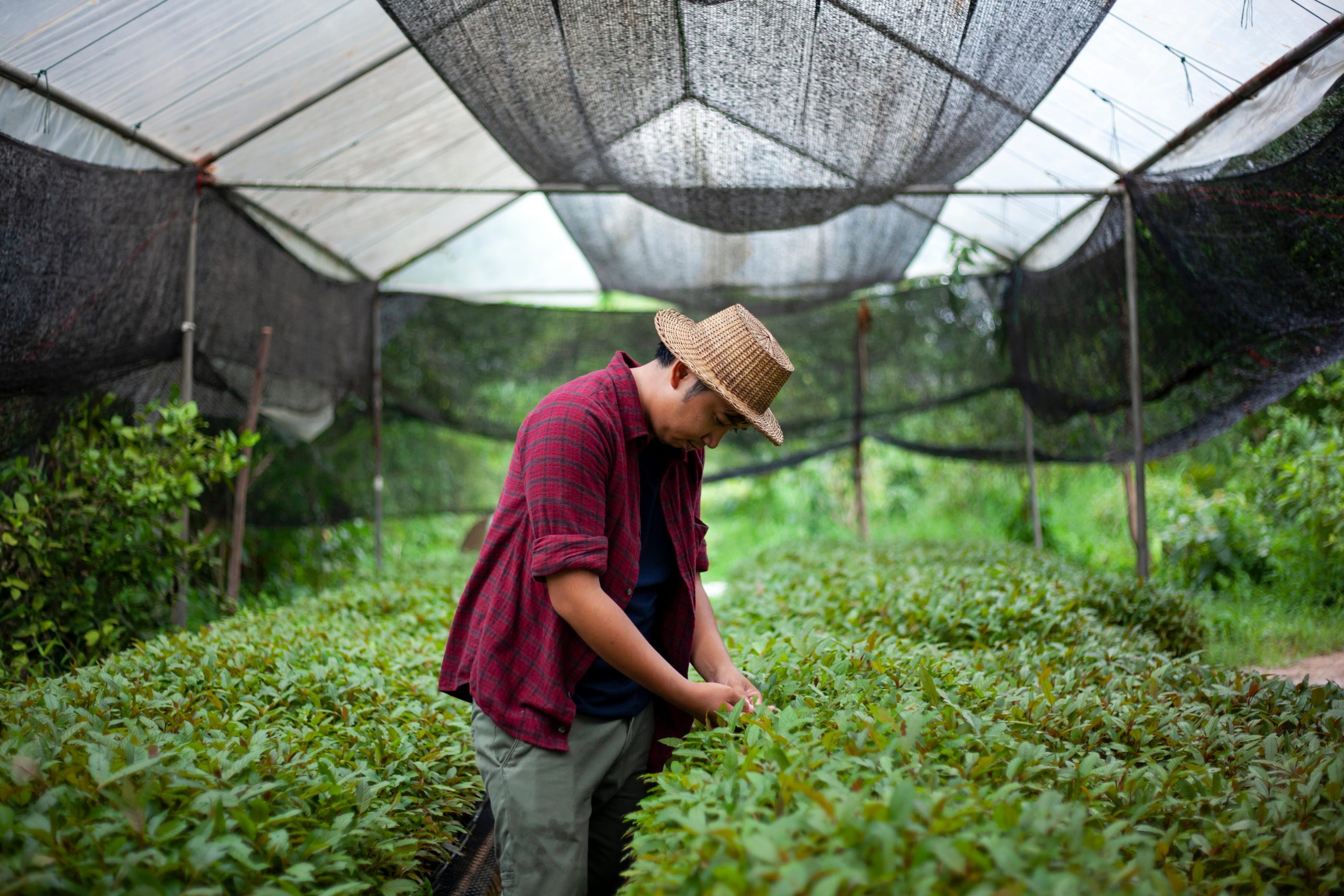
A trustworthy source for your kratom needs is crucial for your overall kratom experience. When choosing a reliable kratom supplier, several steps should be considered:

Most kratom companies have moved away from traditional kratom products. For centuries, people throughout Southeast Asia have brewed the leaves into tea to enhance their productivity and foster community.
In this part of the world, kratom leaf tea is as normal as having a cup of coffee.
However, in much of the rest of the world, kratom has mainly been sold as a powder or highly concentrated extract. Changes must be made in the industry, and Top Tree Herbs is striving to achieve this change. Founded by two friends, Soren and Sam, who were kratom consumers themselves before starting Top Tree Herbs. They had each seen loved ones suffer because of the War on Drugs, and wanted to do their part to end it. They are on a mission to change the public perception of kratom, reconnecting with traditional kratom practice, embracing kratom tea traditions and bringing them to people in places where kratom trees aren’t as common.
Top Tree Herbs are reintroducing people to kratom – the whole plant, not the powder.
They provide crushed-leaf kratom tea, ready to brew in tea bags. Moving away from the simple act of consumption as simply functional, and returning to the enjoyment of the experience. Brewing and drinking kratom tea just as you would with chai, herbal tea, or coffee. This goes back to kratom’s roots, combining traditional brewing practices and kratom knowledge with modern research. It’s the type of kratom you could comfortably share with family and friends.
Top Tree Herbs, diligently subject every batch of kratom they supply to rigorous scrutiny. Regrettably, some vendors opt to avoid this arduous and expensive endeavour, but it is a necessity to provide safe and effective products for the consumer. Anything that can be done to be as transparent as possible with users of any substance is exceedingly valuable, especially for a product that is far from highly regulated. Unlike many other kratom products, Top Tree Herbs products contain no fillers, no artificial ingredients, and no powder; just pure crushed-leaf kratom.
Top Tree Herbs initially used strain names because it seemed the norm in the industry. However, their commitment to transparency and customer safety led to the decision to abandon strain names. Top Tree Herbs have chosen to label their kratom products solely according to their vein colour. Each tea has a name which indicates its potential effects. The complete ingredients, serving size, and unique alkaloid content of the tea are included on the packaging.
Customers’ well-being is their top priority, and lab testing is a critical step in protecting it. Top Tree Herbs solely supplies lab-tested kratom from AKA cGMP-certified importers, in three distinct varieties, Uplift, Balance, and Unwind:
Uplift (white vein kratom) is an energizing alternative to coffee and other caffeinated drinks.

Balance (green vein kratom) is a light pick-me-up for supporting mood and motivation plus relaxation and calm, all in one.

Unwind (red vein kratom) for supporting relief and relaxation.

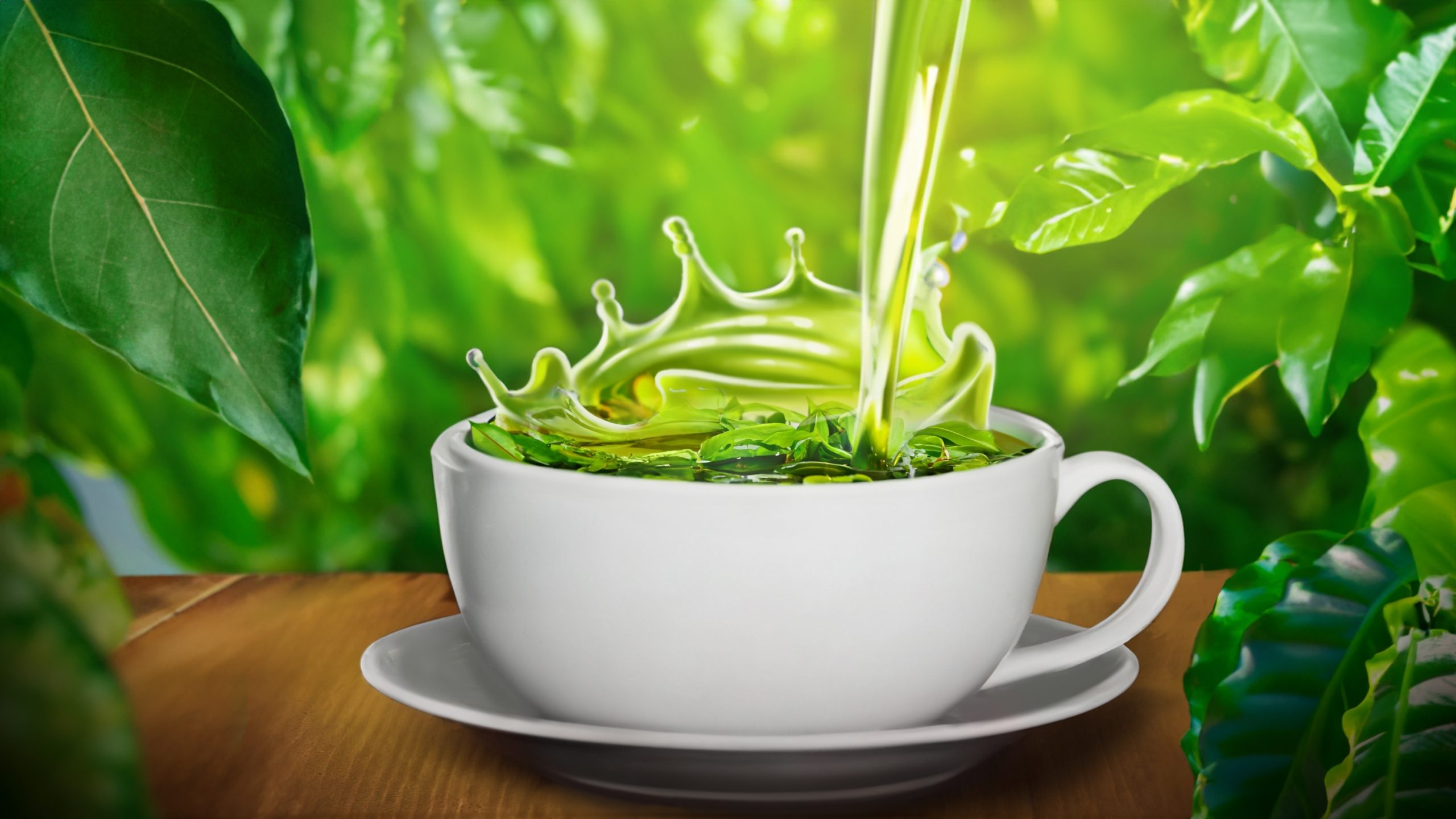
The most effective way to determine a particular batch of kratom’s effects is of course to try it yourself. By understanding the myths surrounding kratom, and sourcing wisely, you can make Kratom a valuable addition to your lifestyle. Always remember to experiment responsibly. Start with a low dosage and gradually increase to find the right strain and dosage that suits your needs. Reliable suppliers such as Top Tree Herbs are committed to guiding customers through this process.
David Blackbourn | Community Blogger at Chemical Collective
David is one of our community bloggers here at Chemical Collective. If you’re interested in joining our blogging team and getting paid to write about subjects you’re passionate about, please reach out to David via email at blog@chemical-collective.com

Welcome to Chemical Collective.
Create an account to earn 200 welcome points.
Already have an account? Sign in


Check out our Community Blog and get involved with the conversation. You will be awarded 50 x ChemCoins for each comment up to a limit of 250 total ChemCoins.


Have you purchased any of our products? Reviews and reports are so important to the community. Share your honest opinion, and we’ll reward you with 50 ChemCoins for each review!


Every time you complete an order with us, you’ll be awarded ChemCoins for each Euro spent.
Welcome to Chemical Collective.
Create an account to earn 200 welcome points.
Already have an account? Sign in

Earn commission every time someone makes a purchase through your link.
When you become an affiliate, you will be allocated a unique link to share with your friends, followers, subscribers, or Aunt Susan.
You can choose to payout the commission earned once per month, or save it up to receive on a rainy day! Commission earned is 5% of the total order value per referral.
Contact us to join the Chemical Collective family and become an affiliate.
share your toughts
Join the Conversation.
Good to finally see an article advocating for the actual facts around this plant, especially due to the potential it has for research.